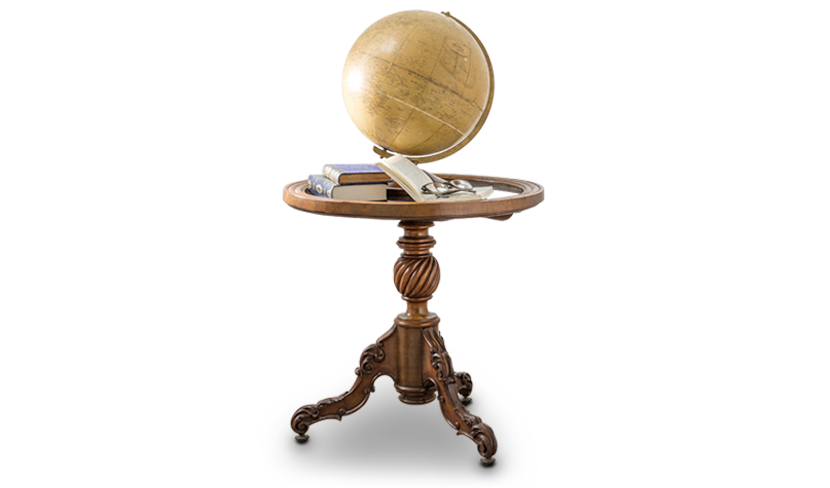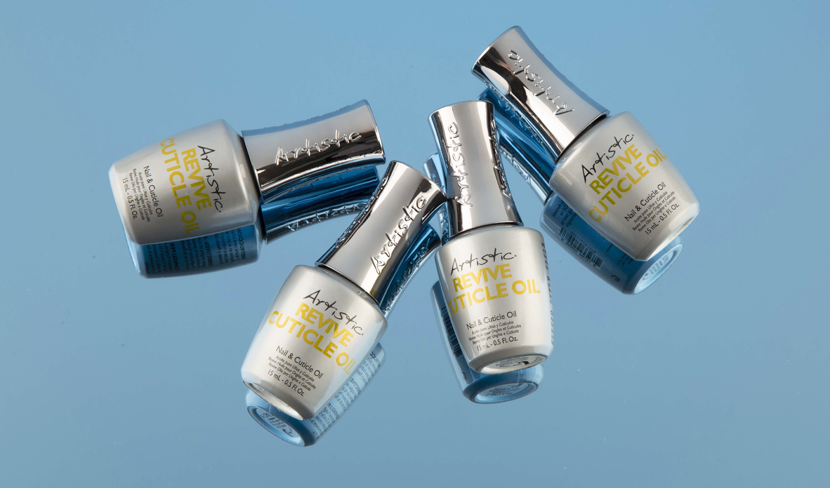
Product photography and copyright law
The situation as for photos of different antiques - structures, figures, plans and product items - is less surely knew. It is less surely knew on the grounds that it is less clear. Be that as it may, obviously at times such photos will encroach. Segment 17(3) of the Copyright Designs and Patents Act 1988 particularly gives that, in connection to a masterful work, duplicating incorporates the making of a duplicate in two measurements of a three-dimensional work.
In this post I may attempt to clear up the fundamental issues, taking a gander at photos of different items, and at the ramifications of English copyright law for item photography.
Down to earth contemplations
Before propelling into a dialog of the law, I would jump at the chance to make one useful point, a point that mitigates the dangers related with a few sorts of item product photography.
On the off chance that you are offering product items, at that point as a rule the proprietor of any copyright in the items will profit by you offering them, and will be probably not going to whine of any specialized copyright encroachment. Whatever is left of what takes after ought to be perused on account of this.
How copyright secures items
Not all product photography items will be secured by copyright-now and again just piece of a product photography item will be ensured- in others there will be no copyright assurance. All in all, by what means would it be advisable for you to approach surveying what is ensured?
Copyright secures characterized classes of work of product photography. The primary thing to ask is this-does the item or any piece of the product photography item can be categorized as one of the characterized classes?
A few items will be ensured as unique masterful works.
The inventiveness prerequisite is an unassuming one, which means not duplicated and inferring that some expertise, work or exertion has been put into the production of the aesthetic work. Inventiveness does not require virtuoso, splendor or even ability with respect to the maker.
There are three important classes of creative work:
Realistic works or product photography
Models photography
Works of creative craftsmanship product photographer
Distinctive product photography items will fall inside various classes, so I should take a gander at each thusly.
Realistic works product photography
Under Section 4(2) of the CDPA, realistic work incorporates any canvas, drawing, outline, guide, graph or design, and any carving, lithograph, woodcut or comparative work. Realistic works are ensured independent of their imaginative quality.
Unmistakably, a few product photography items will constitute or contain realistic works. For instance, if an item is a guide, it is a realistic work. Numerous different product photography items will join realistic fills in as surface enhancement. For instance, a picture utilized on a shirt could be secured as a realistic work. The bundling of numerous items will likewise fuse realistic works.
Model photography
The case law concerning what is and not a model not as predictable or accommodating as one may wish. Molds for sandwich toasters and model Frisbees have in the past been found to constitute figures. The most imperative instance of late years concerned Star Wars- particularly, it concerned copyright the Imperial Storm trooper head protectors from the main Star Wars film. The Supreme Court, following the Court of Appeal and Mr. Justice Mann at first case, found that the caps were not ensured as figures.
In his judgment, Mr. Justice Mann set out some valuable rules for figuring out what is and not a model. The issues to consider are:
The ordinary utilization of design.
That the idea of a figure can be material to things going past workmanship, to things that one would not hope to discover in a craftsmanship or Photograph display. It is improper to stray too a long way from what might regularly be viewed as figure.
No judgment is to be made about creative worth.
Only one out of every odd three dimensional portrayal of an idea can be viewed as a model. Our photograph altering additionally included wedding photograph altering, photograph montages, correcting new conceived infant photographs, altering land property pictures, land picture altering, photograph rebuilding, photograph control administrations to different photography needs.
It is of the pith of a model that it ought to have, as a major aspect of its motivation, a visual interest as in it may be delighted in for that reason alone, and regardless of whether it may have another reason too. The reason for existing is that of the maker.
The way that the protest has some other utilize does not really preclude it from being a model. A heap of blocks, incidentally in plain view at the Tate Modern for 2 weeks, is evidently equipped for being a figure. The indistinguishable heap of blocks dumped preliminary to a building venture is similarly obviously not. The distinction is in the reason for creation.
The procedure of creation is significant yet not determinative.
Applying these rules, most items not are figures, yet some will. Unmistakably, a doll might be a figure- similarly plainly, an auto not, regardless of how flawless its bodywork.
Masterful craftsmanship Photograph
On the off chance that a work not a figure, it might even now fit the bill for copyright security as a work of imaginative craftsmanship. The sorts of item that may fall into this class incorporate handcrafted gems tiles, pots, recolor glass windows, fashioned iron entryways, hand-sewed jumpers, and stitched doilies (Bentley and Sherman outlining the case law in Intellectual Property Law (Second Edition) p74). Not at all like most sorts of copyright works, must the courts declare an item as creative before granting insurance under this heading.
In the most compelling case on the inquiry, Hens her v Rest wile Upholstery, a model of a seat was observed not to be imaginative, and was along these lines unworthy of insurance. Be that as it may, diverse judges have distinctive perspectives about what is or not imaginative, and the cases following Hens her are not generally supportive.
Backhanded security
At long last, it is useful to draw a qualification amongst immediate and backhanded insurance. The outline of an item might be secured by copyright specifically, or by implication through the plan illustrations for the item, which may themselves be ensured as realistic or scholarly works. Outline illustrations are secured independent of creative legitimacy, and numerous plans which not profit frame coordinate copyright insurance will profit by this sort of circuitous assurance.
There is an issue here- a picture taker will infrequently know whether a specific item was planned by methods for illustrations. At first look, it would seem that backhanded security may render most item photography unlawful - or possibly conceivably unlawful.
Segment 51
In the event that there is a legend in this story, it is Section 51 of the CDPA, which gives that
(1) It is not an encroachment of any copyright in a plan archive or model account or exemplifying an outline for something besides a creative work or a typeface to make an article to the plan or to duplicate an article made to the outline.
(2) Nor is it an encroachment of the copyright to issue to people in general, or incorporate into a film or impart to the general population, anything the making of which was, by prudence of subsection (1), not an encroachment of that copyright.
(3) In this segment – plan implies the outline of any part of the shape or setup (regardless of whether inside or outer) of the entire or part of an article, other than surface adornment and plan report implies any record of a plan, whether as an illustration, a composed depiction, a photo, information put away in a PC or something else.
This gives a general avoidance from risk in regard of photos of plans other than creative works. In this way, if an item or part thereof not secured by copyright as a realistic work, work of model, or work of imaginative craftsmanship, photos of that item will as a rule not encroach copyright, regardless of whether the outline illustrations for the item are ensured by copyright.
Additionally, if the taking of the photos does not encroach, nor will their appropriation whether in physical frames or by means of the web (subject obviously to the situation in different wards).
Copyright length and Section 52
Copyright keeps going quite a while. In the standard case, copyright in an aesthetic work terminates toward the finish of the time of 70 years from the finish of the year in which the creator of that work passes on.
There are two issues here:
In the first place, most items around today that are secured by copyright will keep on being ensured for quite a while to come; and
Second, it might be troublesome or difficult to find when the creator of a more established item kicked the bucket, abandoning you dubious whether copyright applies.
This is the place Section 52 comes in. The initial two sub-areas say:
(1) This segment applies where an aesthetic work has been misused, by or with the permit of the copyright proprietor, by - (a) making by a modern procedure articles tumbling to be
Treated for the motivations behind this Part as duplicates of the work, and (b) advertising such articles, in the United Kingdom or somewhere else.
(2) After the finish of the time of 25 years from the finish of the timetable year in which such articles are first advertised, the work might be duplicated by making articles of any depiction, or doing anything to make articles of any portrayal, and anything might be done in connection to articles so made, without encroaching copyright in the work.
Along these lines, where an item has been made by a mechanical procedure and showcased, at that point following 25 years it can be replicated by making articles of any portrayal and getting things done in connection to articles so made.
Is a photo an article? The response to that inquiry is hazy. One the one hand, it would appear to be nonsensical that an item could be replicated completely yet not captured. Then again, a printed picture not for the most part is alluded to as an article - and a computerized picture could never be so portrayed.
Significance and accidental consideration
There are two different manners by which a photo of an item may escape obligation, despite that the item might be secured by copyright pertinently.
Initial, a photo not encroach where it not duplicate a sub



